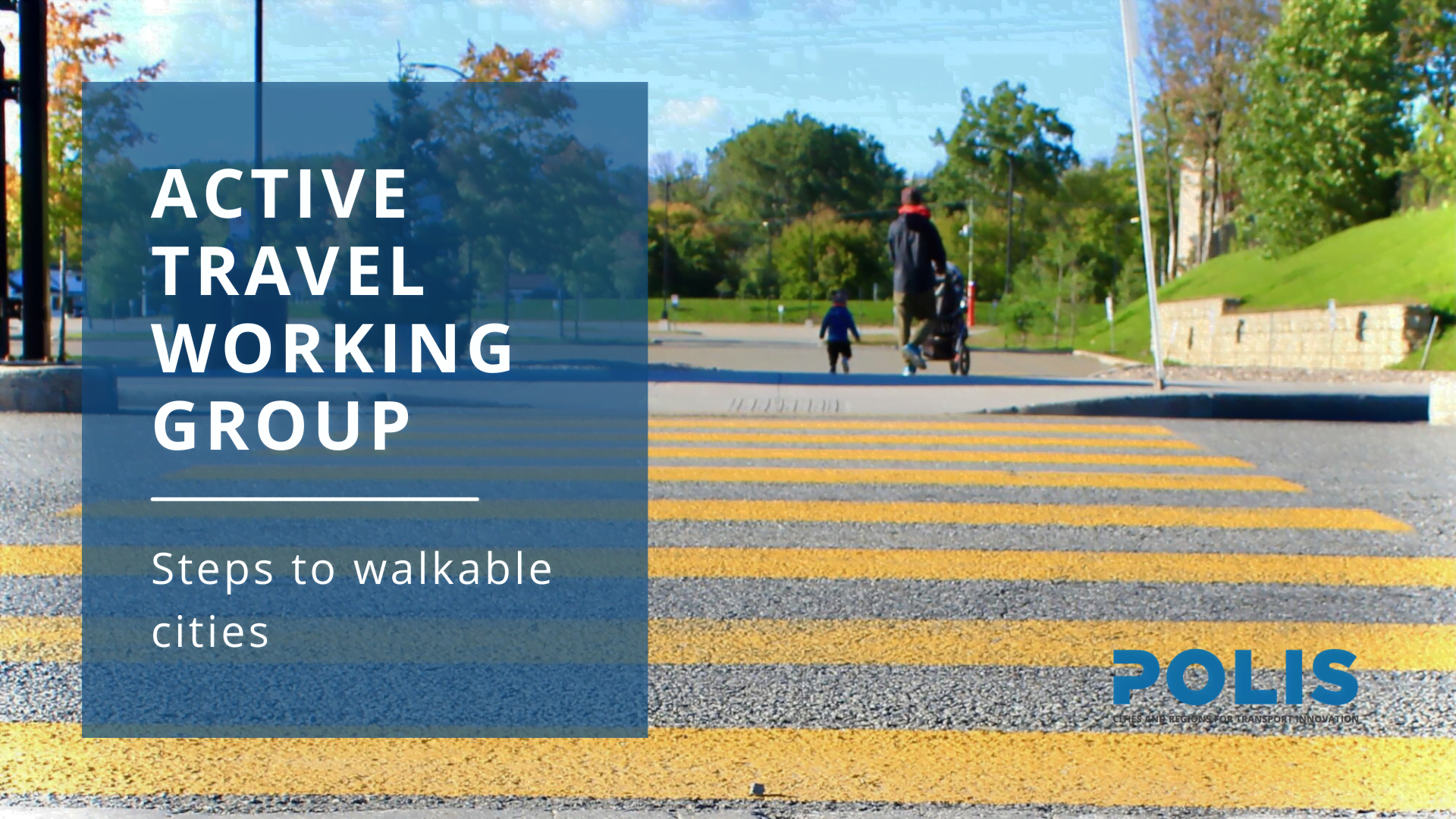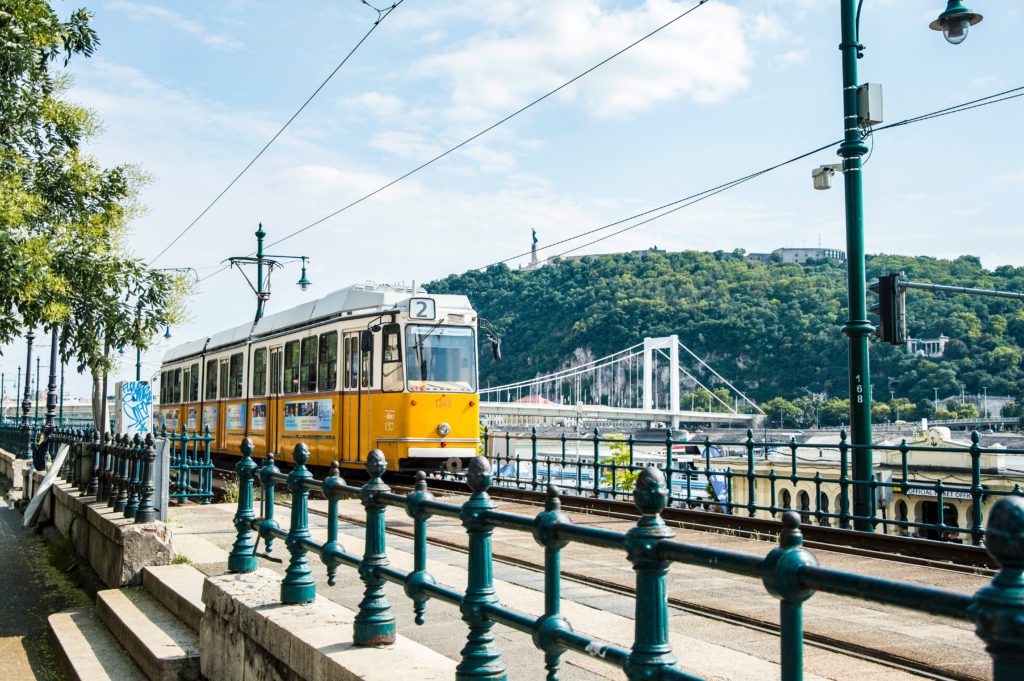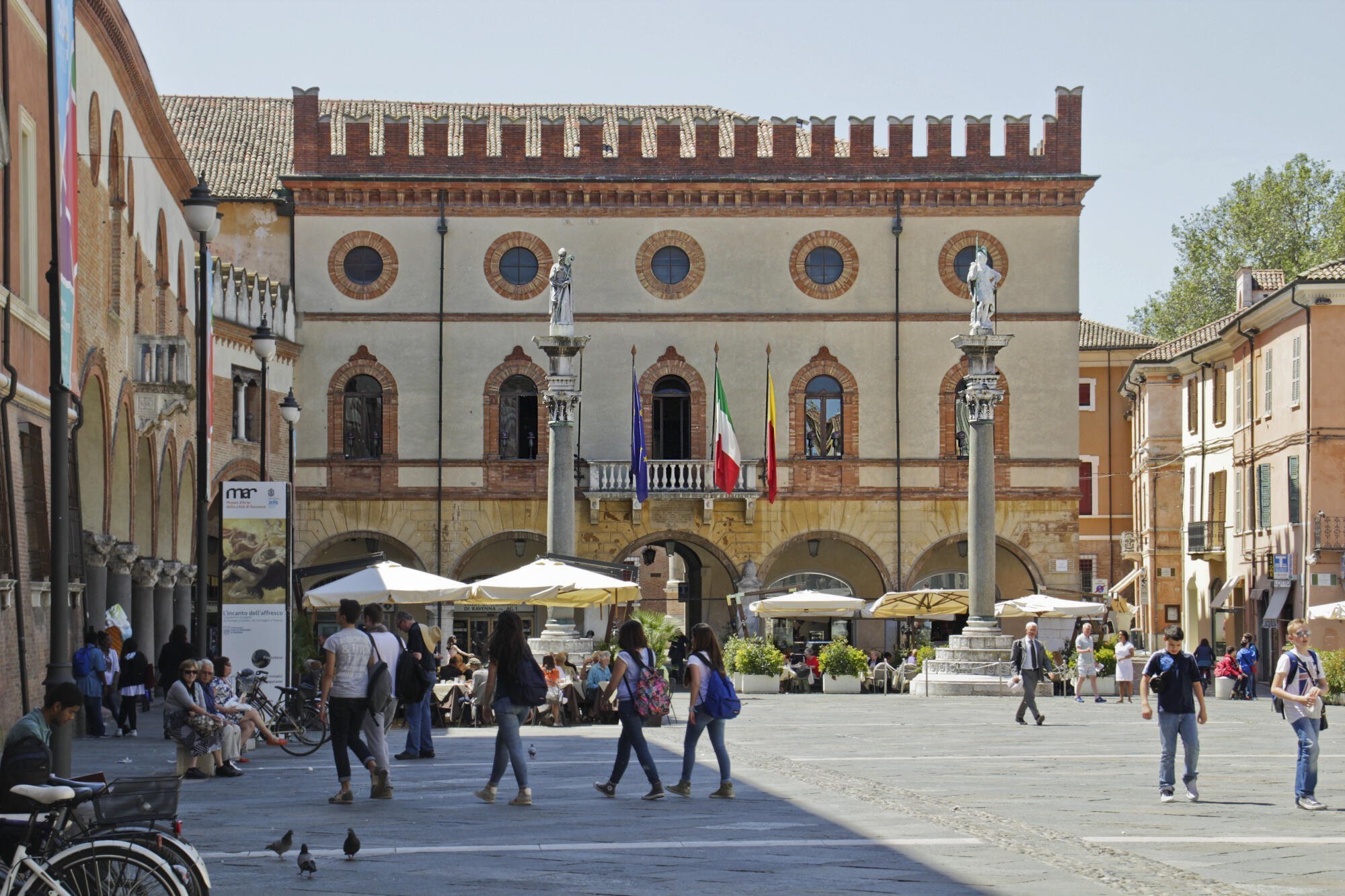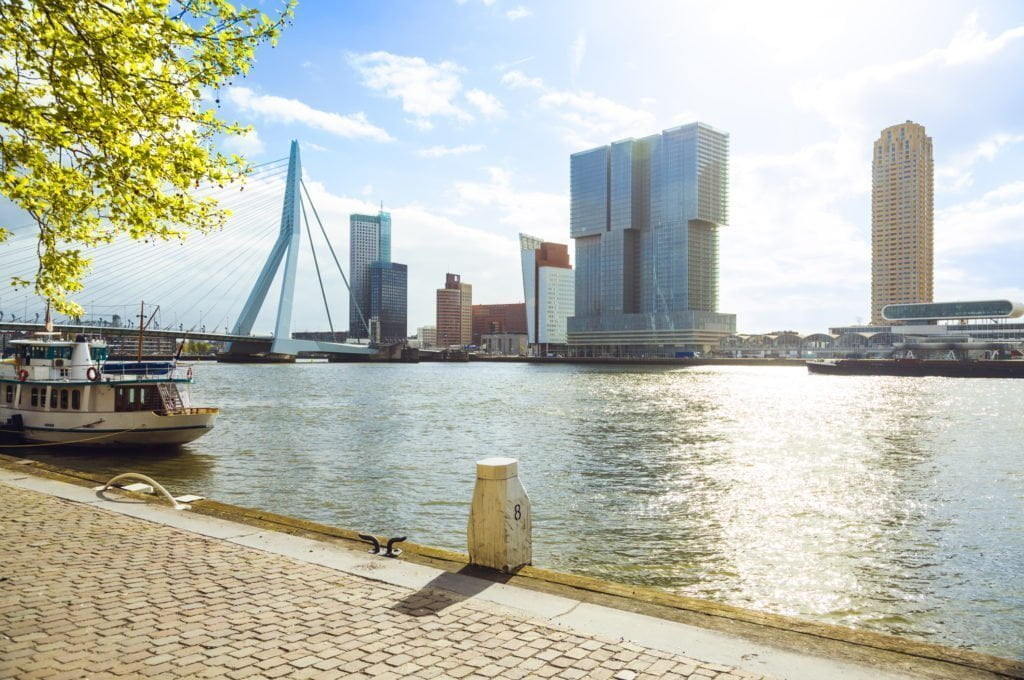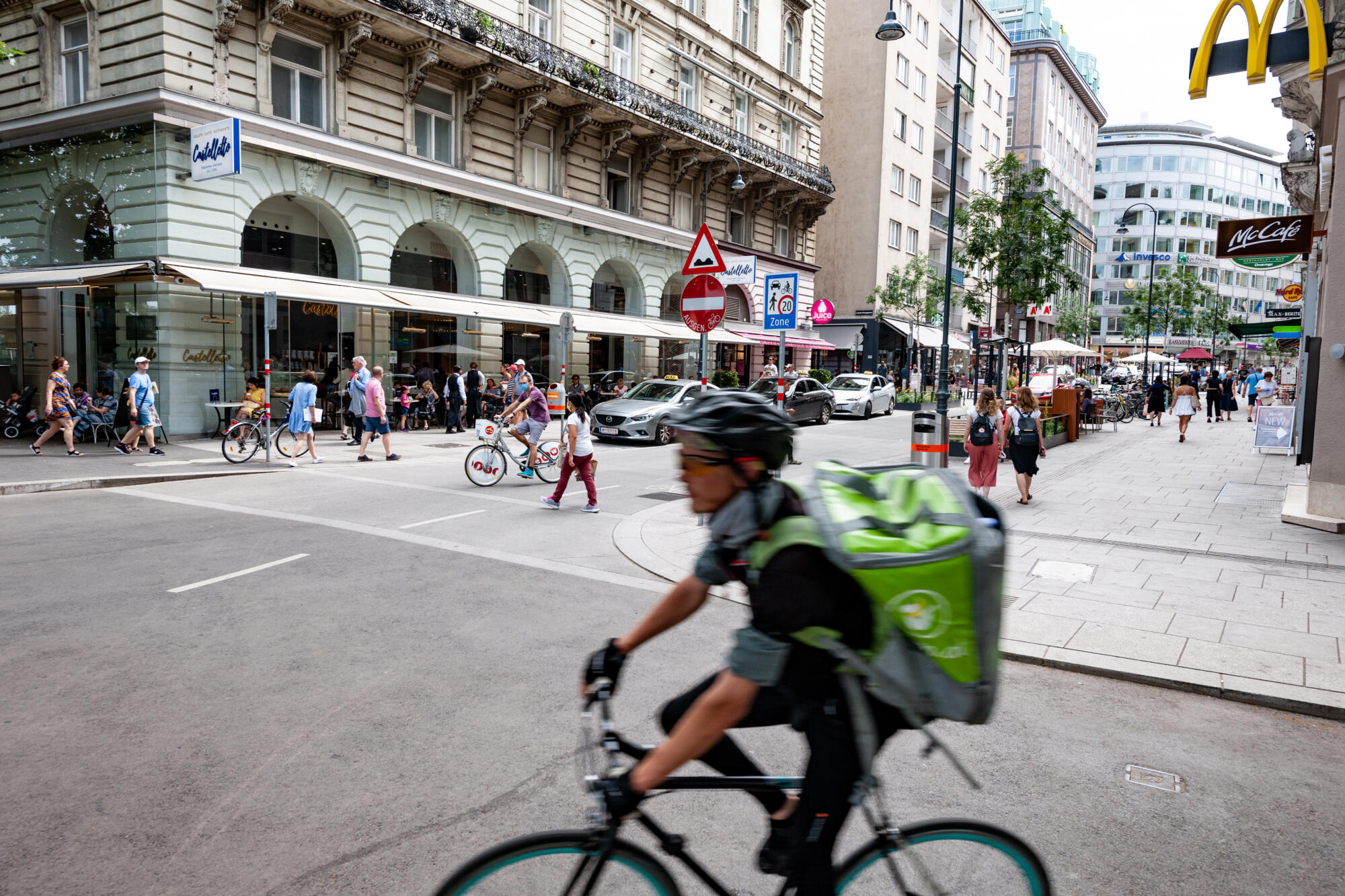A walk through walkability
The Active Travel working group discusses encouraging walking through strategic planning
Disruption wrought by the COVID-19 pandemic has exposed the importance of active travel. As cities and regions have grappled to provide immediate alternative transport solutions, while continuing to pursue sustainability objectives, walkability has been a central tenet of many mobility agendas.
Walkability is key to climate friendly, healthy and livable cities, which cater to citizens’ everyday mobility demands, from recreation to commuter travel. Now, from Rotterdam to Ravenna local authorities are prioritising the pedestrian experience while transforming walking into the most obvious, enjoyable and safe means of travel for short trips.
The experience of these cities, and others, has revealed the importance of governance and strategic planning. Without a clear roadmap which addresses key elements of the pedestrian experience, walkability is a mere pipedream.
To explore how such strategic approaches can be implemented, POLIS Active Travel working group met to discuss the importance of strategic planning for improving walkability in European cities. Drawing from expertise, insights and best practices from a range of POLIS members, the meeting explored how cities and regions can embed pedestrian services into their wider mobility agendas.
This meeting, held on 20 April- the first of three events- was part of the Active Travel group’s endeavor to establish a comprehensive framework, helping cities integrate pedestrian infrastructure into their long-term mobility planning.
During this interactive- jam-packed- session we heard from members across Europe, including:
Walk this way: The (pedestrianized) road to resiliency
The meeting was introduced by Adám Bodor, development director at BKK (Budapest’s transport operator) and new chair of the Working Group on Active Travel and Health. The Hungarian capital has gained accolades for its rapid response to COVID-19, implementing new active travel services.
Strides ahead: Best practices for strategic planning
POLIS member city Rotterdam provided an interesting case study for how this can be achieved.
José Besselink from Rotterdam shared the Dutch city’s approach, presenting their strategy ‘Rotterdam Walks 2025’. Rotterdam has long been pioneering active travel solutions, with healthy living environments and attractive public space at the heart of their Sustainable Urban Mobility Plan (SUMP). Indeed the city was used in the recent CIVITAS topic guide, which explored successful responses to the pandemic crisis, and has been redesigning city streets to place pedestrians at the top of the mobility food chain.
Walking on Sunshine: City cases
The meeting then travelled (virtually) south. First stop Ravenna. It is not just Europe’s major cities which have embarked on innovative walking plans. Small and medium sized cities (SMC’s) have a lot to teach when it comes to enhancing pedestrian services; these cities are apt arenas for testing and implementing new transport technologies and policies. Ravenna may be new to POLIS, but the city is no stranger to active travel planning. The city’s Sustainable mobility plans (PUMS) have focused intently on expanding and upgrading walking and cycling infrastructure with lower speed limits and pedestrianisation.
Communicating mobility projects to the public and raising awareness is an essential step. Petra Jens from Vienna Mobility Agency shared the Austrian capital’s approach, where its walking map, app and walking café have proved successful in encouraging citizens onto the street.
You’ll never walk alone: The next steps
Having heard from these best practices, the meeting turned its attention to the future of walkability. Experts Taylor Reich from the Institute for Transportation and Development Policy (ITDP), and Bronwen Thornton, Chief Executive Officer of Walk21, shared their insights into how cities can continue to expand and enhance pedestrian infrastructure.
The meeting promoted an energic conversation between participants about how their cities are- and can further- build on the tools and examples discussed, integrating the specific needs of their own citizens.
Striding out: What we learned
- Communication is crucial- Changing habits requires engaging the community and ensuring citizens are aware of walking infrastructure. Both Rotterdam and Vienna are pioneering innovative communications tools using maps, apps and events.
- Measuring walking activity is key- We need to know HOW people move through the city to understand the changes needed and where these are required. Rotterdam continually surveys its citizens on their perspectives and walking patterns.
- Learning new languages- presenters called for a new language to discuss the role of urban walkability and the relationship between pedestrians and vehicle users in order to instigate structural transformation. Valuable/desirable instead of vulnerable road users.
- Proximity is key: Proximity to facilities, amenities and places for work, along with directness and continuity of routes to destinations, encourage walking. We must move forward to 15-minute cities, which are also walkable cities.
- Urban planning and walkability: density, access to green areas, size of blocks and other urban factors all play a key role in encouraging walking, and need to be taken into account in when (re)designing the city.
- Policy is indispensable- creating a clear agenda is essential for moving from ambition to action.
- Propel Pandemic planning- COVID-19 has provided a unique situation in which pedestrians have been placed front and centre. Cities can- and must- build on these further.
- Mix hardware and software- Infrastructure is more than just pavements. Successful cities have utilized a mixture of hardware and software to encourage walking.
- Collaboration at the core- cities must continually learn from one another’s best practices. ITDP’s Pedestrians First toolkit provides such examples to demonstrate to local authorities how they can emulate others.
Remaining challenges for cities today:
- Prioritizing walking: walking needs the same level of professionalism, engineering and education as all the other modes that are accommodated in our cites.
- Access to funding: tight budgets can be a barrier to improving walking, but several alternatives are possible and were discussed (e.g. congestion charging).
- From strategy to action: Short term and small-scale projects must be built on and scaled up to create comprehensive pedestrian offerings. ‘Iconic’ projects can also play a role in communicating the paradigm shift.
- Metrics for walkability: Measuring the multiple factors that play a role in walkability is a complex procedure, however without a clear understanding of how walkability will be assessed, projects cannot be evaluated. Barometers for how walkability is making cities better places provide clear frameworks for planning.
- Ensuring safety & inclusivity: Fair shares of walking requires attention to accessibility according to gender, race, physical ability and other parameters. Walkability planning must cater to all.
The next meeting “Reallocating space towards safe, permanent and inclusive infrastructure for active travel”, will take place on 10 May. For any questions regarding the working group please contact Maria José Rojo (mjrojo@polisnetwork.eu)
POLIS working groups are open to our members. If you are interested in finding out more about our membership options, please contact Pasquale Cancellara.
